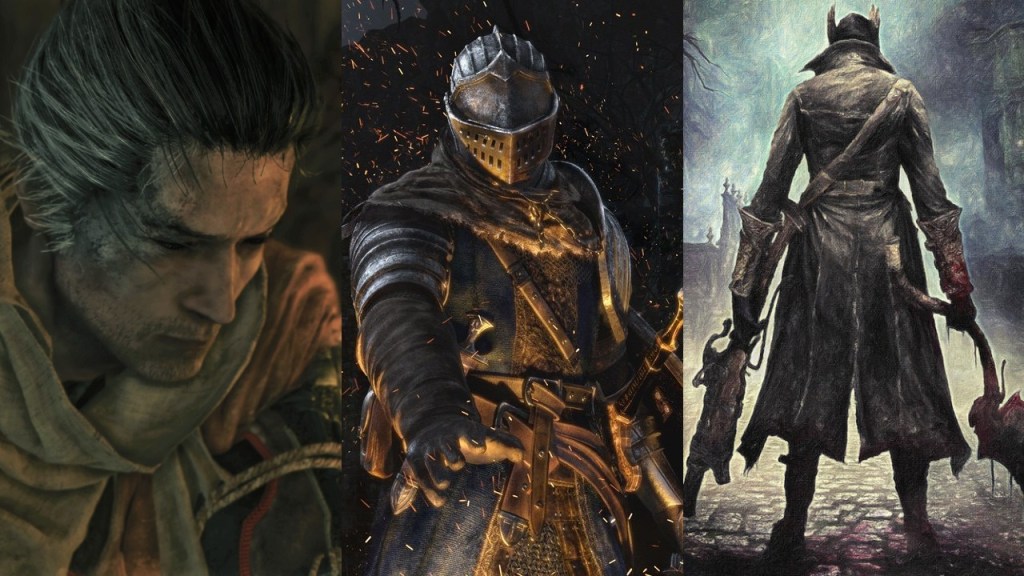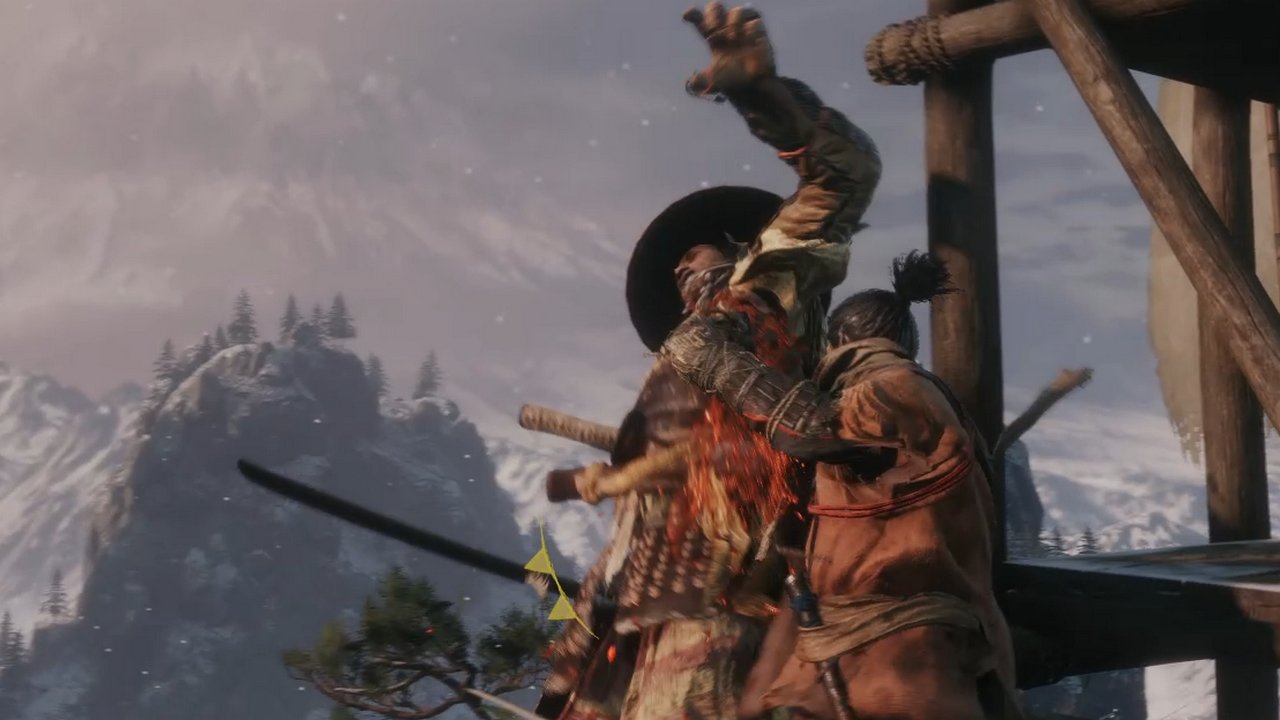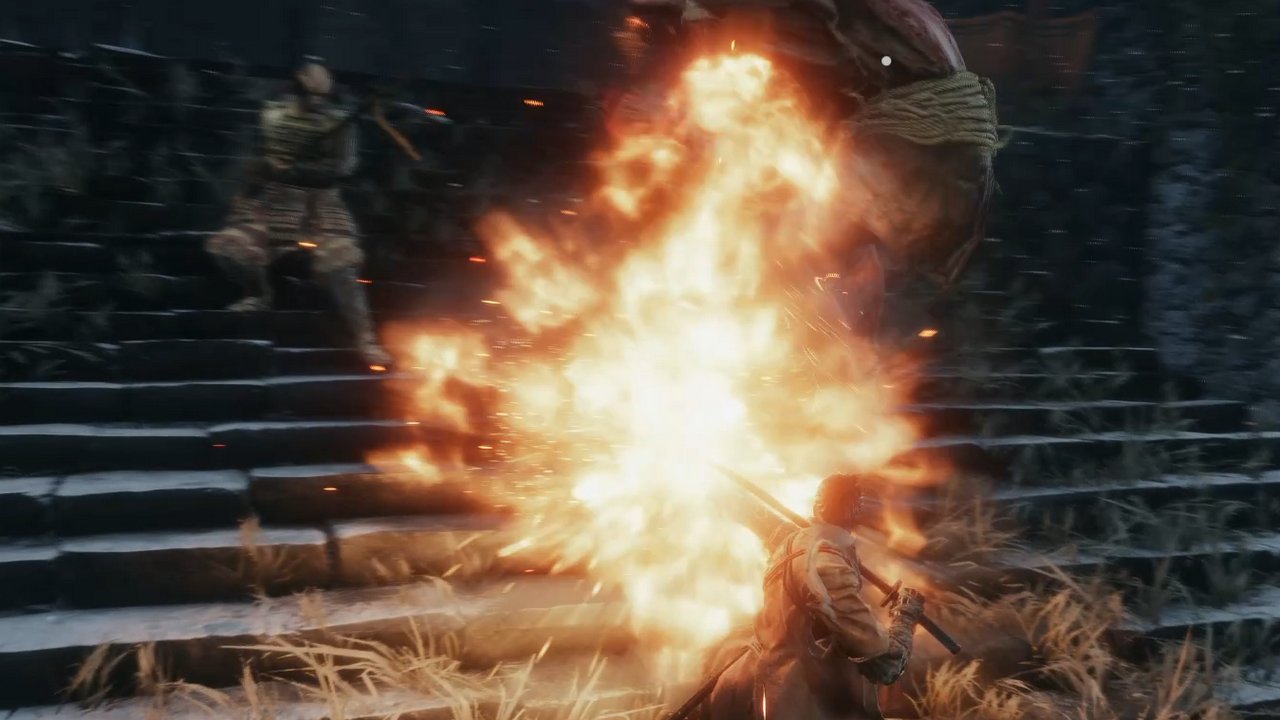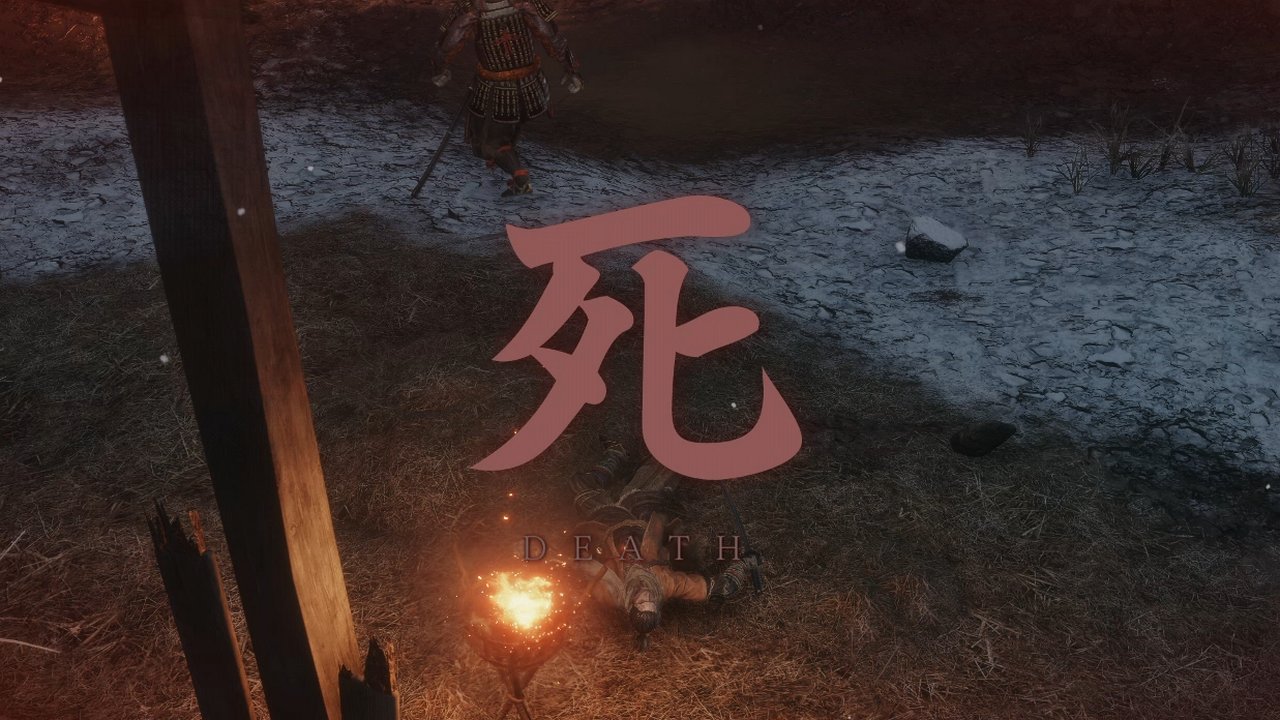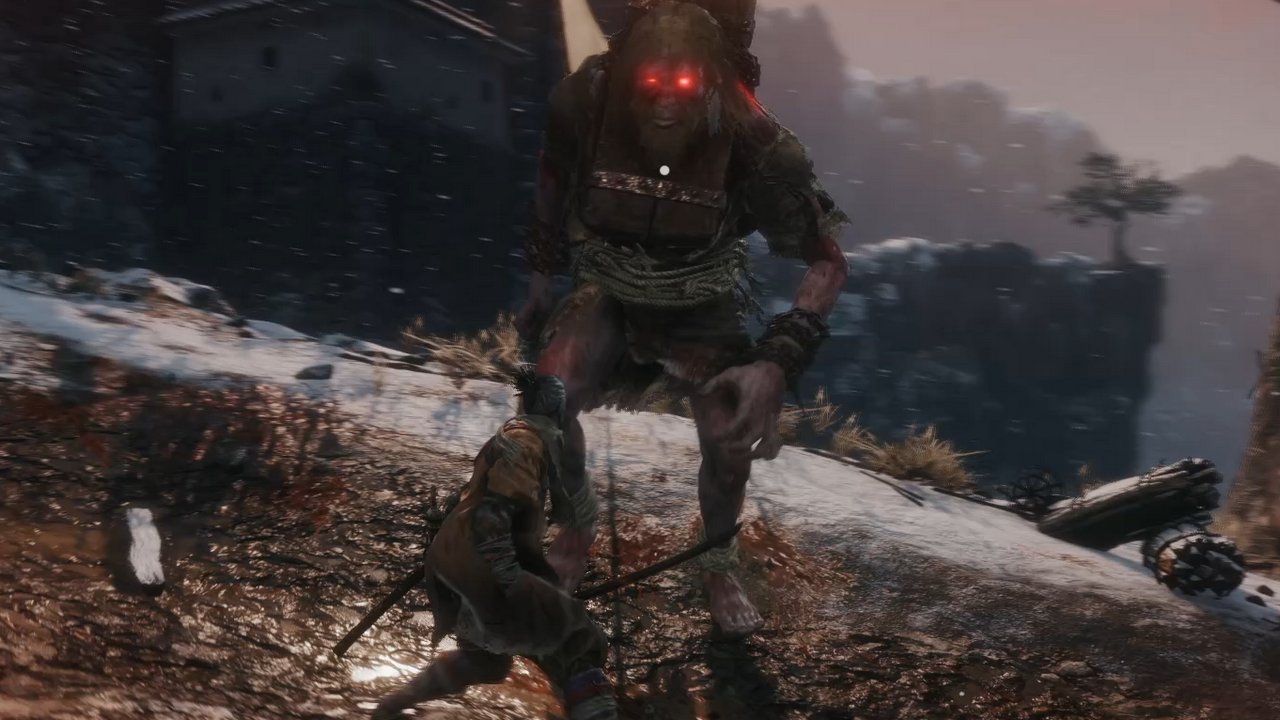While Sekiro is definitely a From Software game, comparing it to Dark Souls, there are a lot of changes that keep it from feeling too derivative. In fact, the differences are to the point where Sekiro is only tangentially a Souls-like. Unlike Bloodborne which followed the Dark Souls formula pretty closely, Sekiro veers more towards stealth and precision strikes and eschews certain elements that are a staple of From Software’s previous titles.
If you’re a Dark Souls or Bloodborne fan looking to pick up Sekiro, we’ve put together a list of some of the more glaring differences. Though the gameplay is similar between all these titles, the changes in Sekiro make for a more aggressive, challenging game and knowing what those are will help you decide whether the game is right for you.
Sekiro vs Dark Souls and Bloodborne | You have to be much more aggressive
The best offense in Dark Souls is usually a good defense. While there’s plenty of opportunities to go on the attack, most of the time you’re better off hanging back and striking when you can. You only have a limited amount of stamina, and that means getting hits in at precisely the right time is crucial to survival.
Sekiro does away with stamina, heavy armor, and shields in favor of a more dynamic combat system. Instead of hanging back and waiting for your enemy to make their move, a new posture system makes it more preferably to attack and continuously deflect to put your foe on the back foot.
Killing enemies in Sekiro has less to do with draining health and more to do with breaking their posture so you can get in a deathblow. The lower health an enemy has, the easier it is to break their posture, but reducing vitality isn’t the primary goal here, it’s just a means to an end. If you let an enemy rest at all, they’ll regain their posture, and your work will be for naught.
Sekiro is the opposite of Bloodborne and Dark Souls in that sometimes it’s best to charge in wildly and sort things out later. In fact, in some situations, it’s the only way to win. Hanging back too long will give the enemy time to group up, and you’ll be toast.
Sekiro vs Dark Souls and Bloodborne | Stealth is a necessity
In Dark Souls and Bloodborne stealth is sort of a thing. You can skirt past enemies and not aggro them, which gives you a chance to avoid a bit of combat. For the most part, though, you’ll be trundling around with your clanky armor or your giant scythe and breaking heads.
Sekiro is a lot more squishy than his From Software compatriots, though. In this game, you’ll need to utilize stealth deathblows and be prepared to bypass enemies. This applies even to bosses. There’s more than one boss you’ll run across that is blissfully unaware of your existence. If you can sneak around them, you can perform a stealth deathblow which will knock a bar of health off. With most bosses having at least two bars of health, this is essential if you don’t want a long, drawn-out fight.
Stealth in Sekiro gives you more options for navigation than you have in Bloodborne or Dark Souls. Being able to sneak around enemies keeps you from sticking to a narrow route as you backtrack through levels, and allows you a lot more leeway in exploration. In previous Souls games you really had to gather your gumption before you headed into an unknown area, but in Sekiro you can poke around a bit before you decide if you want to retreat or press on.
Sekiro vs Dark Souls and Bloodborne | It’s less about equipment and more about skills
In Sekiro you’re stuck with the same armor and sword for the whole game. Given the vast amount of options that Dark Souls and Bloodborne afforded with their equipment systems, this is likely disappointing for fans of those games.
However, Sekiro does make up for its narrow equipment system by introducing skills and the Shinobi Prosthetic. There are multiple skill trees available throughout the game, and you’ll discover both passive and active abilities that will allow you to customize Sekiro’s fighting style to your liking.
The Shinobi Prosthetic also gives you plenty of combat options. You’ll find items in the world that you can take back to the Dilapidated Temple to have fashioned into weapons. Each of these weapons has a purpose too. The axe can blast through enemy shields; the umbrella deflects projectiles and more.
Sekiro is a leaner experience when it comes to inventory management than Dark Souls or Bloodborne. But, it matches the more action-oriented gameplay and makes it a lot easier to keep track of everything.
Sekiro vs Dark Souls and Bloodborne | Death is a part of life
In Dark Souls and Bloodborne, if you die, it’s a huge pain. You lose resources, and then you have to backtrack (usually a considerable distance) to where you just were. In Sekiro, death isn’t the end, though. In fact, it can be a valuable tactic.
Sekiro has the ability to resurrect himself one or more times after death. By using a Resurrection Charge, he can be back on his feet at the press of a button. Not only does this give you another chance at a fight, but it can also be used to make enemies easier to kill.
When you die, enemies will pretty much take it at face value. They’ll usually walk away and go back to whatever they were doing. By waiting for them to turn their back and resurrect, you can usually get a stealth deathblow. This doesn’t always work, but by letting them walk away, you get a bit of a breather to heal at least in the time it takes them to get back over to you.
Sekiro vs Dark Souls and Bloodborne | Enemies are harder and more varied
In Dark Souls and Bloodborne, a lot of the grunt enemies fight the same. You’ve got ranged enemies and melee enemies, and though their skins change, the way you fight them remains the same. In Sekiro, you never really get to that point where you just dominate grunts. There are several different kinds, all of which have their own fighting style, and they can wreck you at pretty much any point in the game.
Fighting a grunt with a torch and sword is different than handling one with an axe or shield. You can be facing all these different types of soldier at once while also getting fired on by a bowman with unerring accuracy. It keeps you on your toes and makes for a more dynamic combat flow.
The bosses too seem much more difficult. Sekiro can hit fast, and he’s maneuverable, but he doesn’t hit particularly hard. This means many boss fights come down to attrition or inflicting posture damage. The days of roll-swipe-roll-swipe are over as you have to keep on the attack with many bosses or they’ll straight destroy you.
Even mini-bosses are a tremendous blocker in Sekiro. The first one, the Chained Ogre, marks an enormous spike in difficulty, and don’t be surprised if you die to him 10-20 times before you get his pattern down enough to beat him.
Sekiro Soulslikes
-
Sekiro: Shadows Die Twice and the Best of the Soulslikes
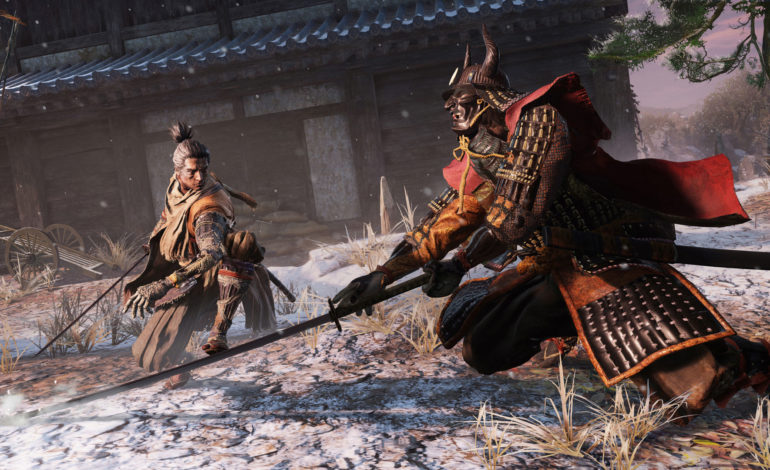
It's always exciting to see a new genre emerge. You get that original hit game, the follow-ups and the attempts by other developers to recapture the magic. With the release of Sekiro, let's look back at the landscape of Souslikes so far. -
Demon's Souls
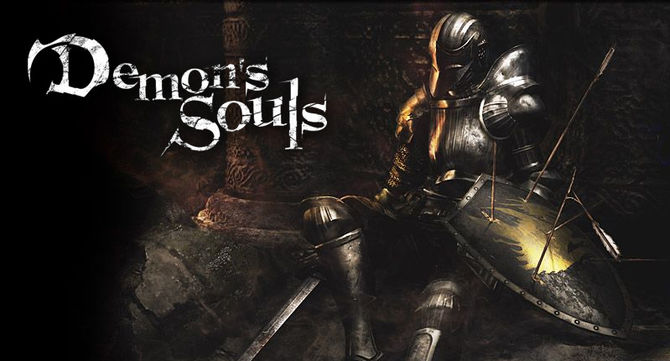
The original that kicked it all off (unless you count King's Field), Demon's Souls went under the radar on the PlayStation 3. Originally, gamers didn't know what to make of it, but anyone who stuck with it got an amazing experience that was unlike anything on the market. -
Dark Souls
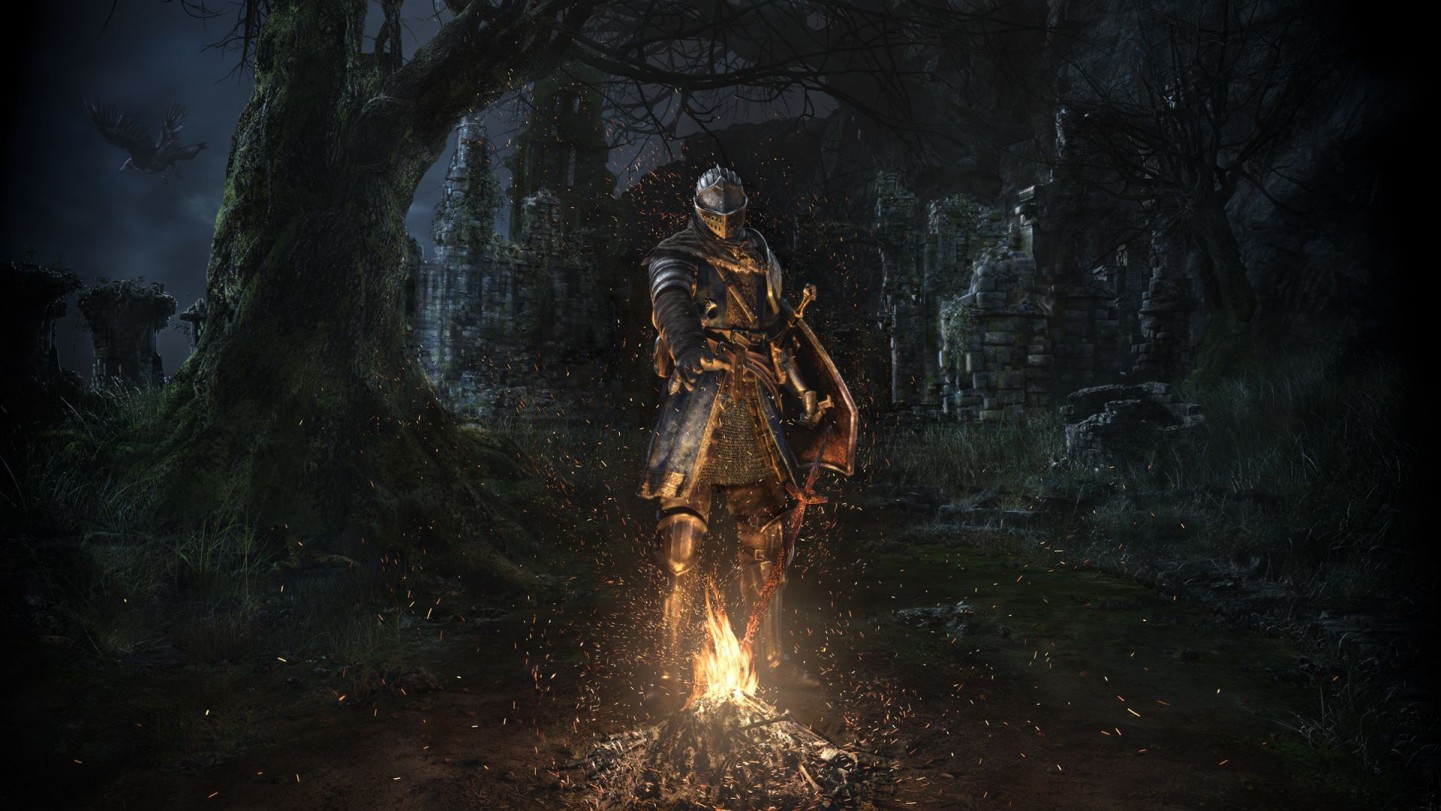
By the time a new generation rolled around, From Software had moved from demons to darkness. The Dark Souls trilogy cemented the genre tropes, proving to achieve the popularity that their previous title had only hinted at. Far more than a cult success, these games proved to be influential even outside the genre. -
Bloodborne
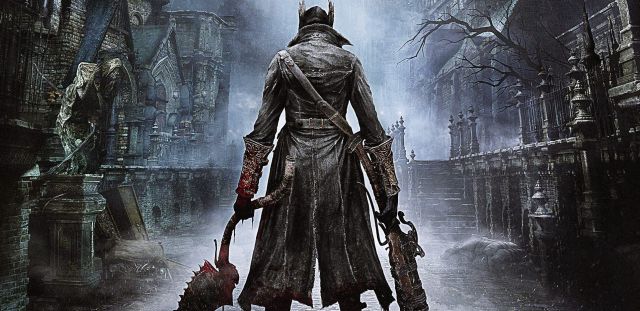
Once things started taking off, original Demon's Souls publisher Sony had to get back in the action. Teaming with From, the result was Bloodborne. Taking things was from medieval castles and including firearms for the first time, this was the first hint that this formula was flexible. -
Lords of the Fallen
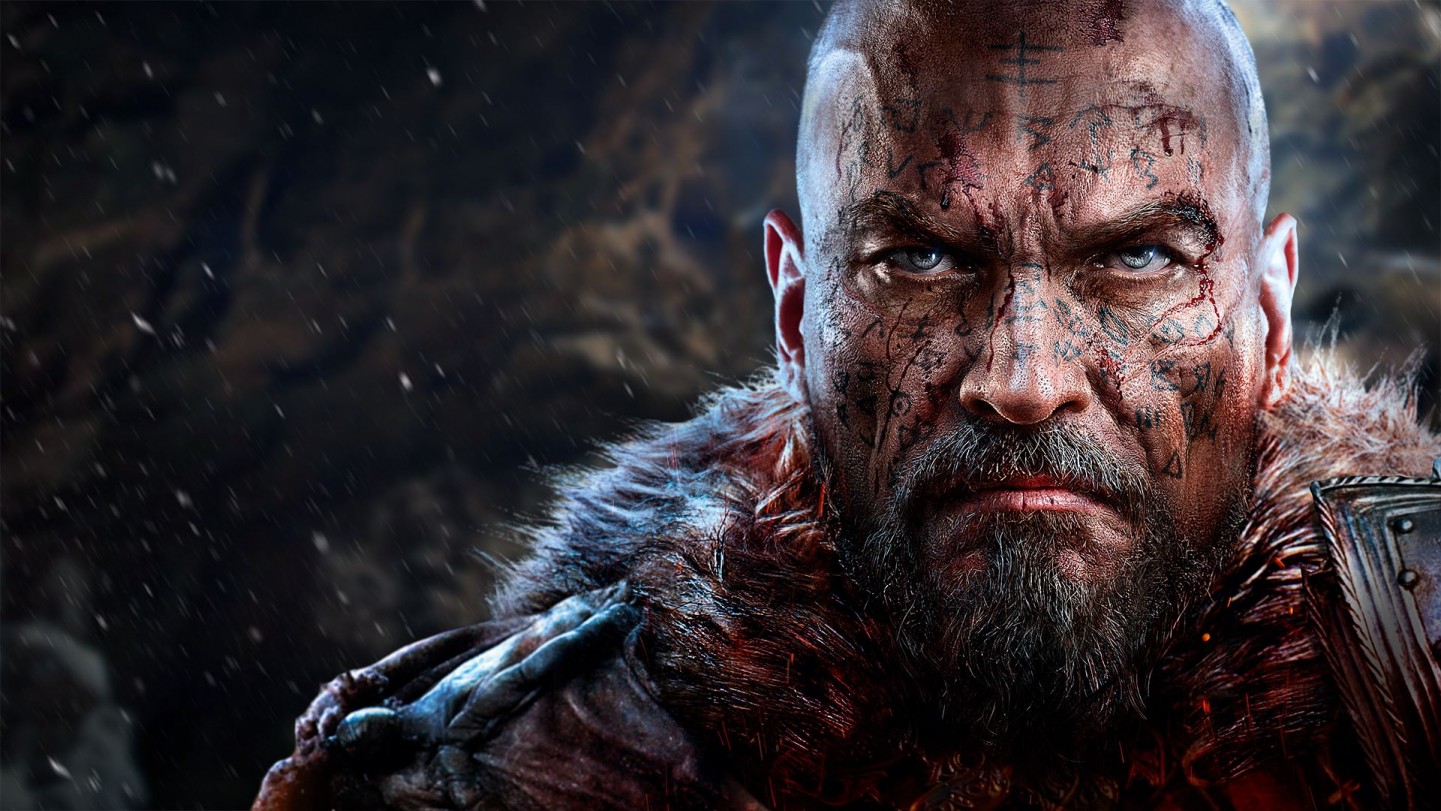
Developed by Deck13 Interactive and CI Games, Lords of the Fallen takes things in a more Norse direction. Using hammers and axes, you must fight towering gods and demons. After this game's success, the two developers split, with CI working on an upcoming sequel to this Viking Soulslike. -
Nioh
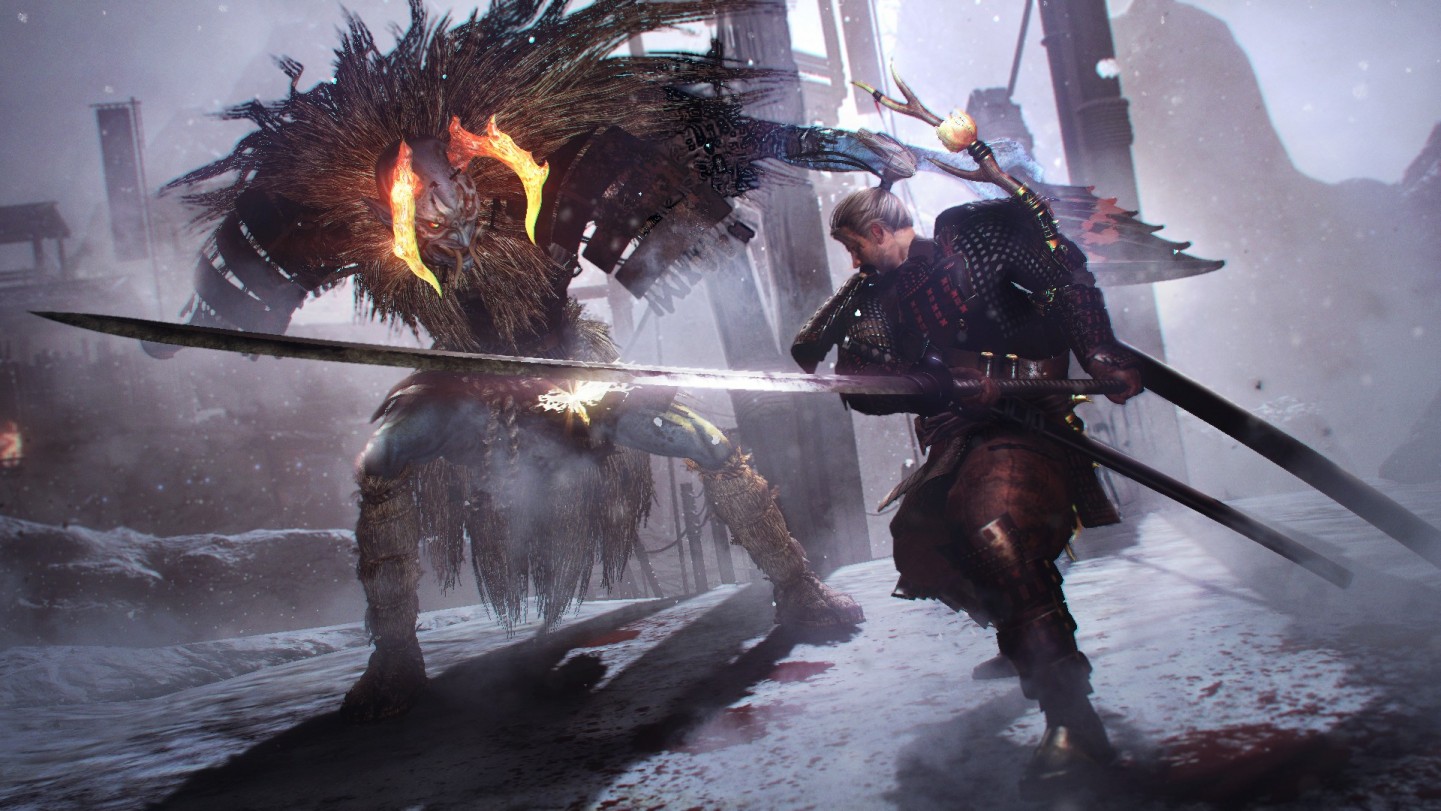
Team Ninja tried their hands at Souslikes with Nioh, a game where you control an Irish Samurai and fight yokai. The game was announced back in 2004 as Oni and changed hands multiple times before release. Originally another PlayStation 4 exclusive for the genre, the game has since come to PC with all its DLC bundled in. -
The Surge
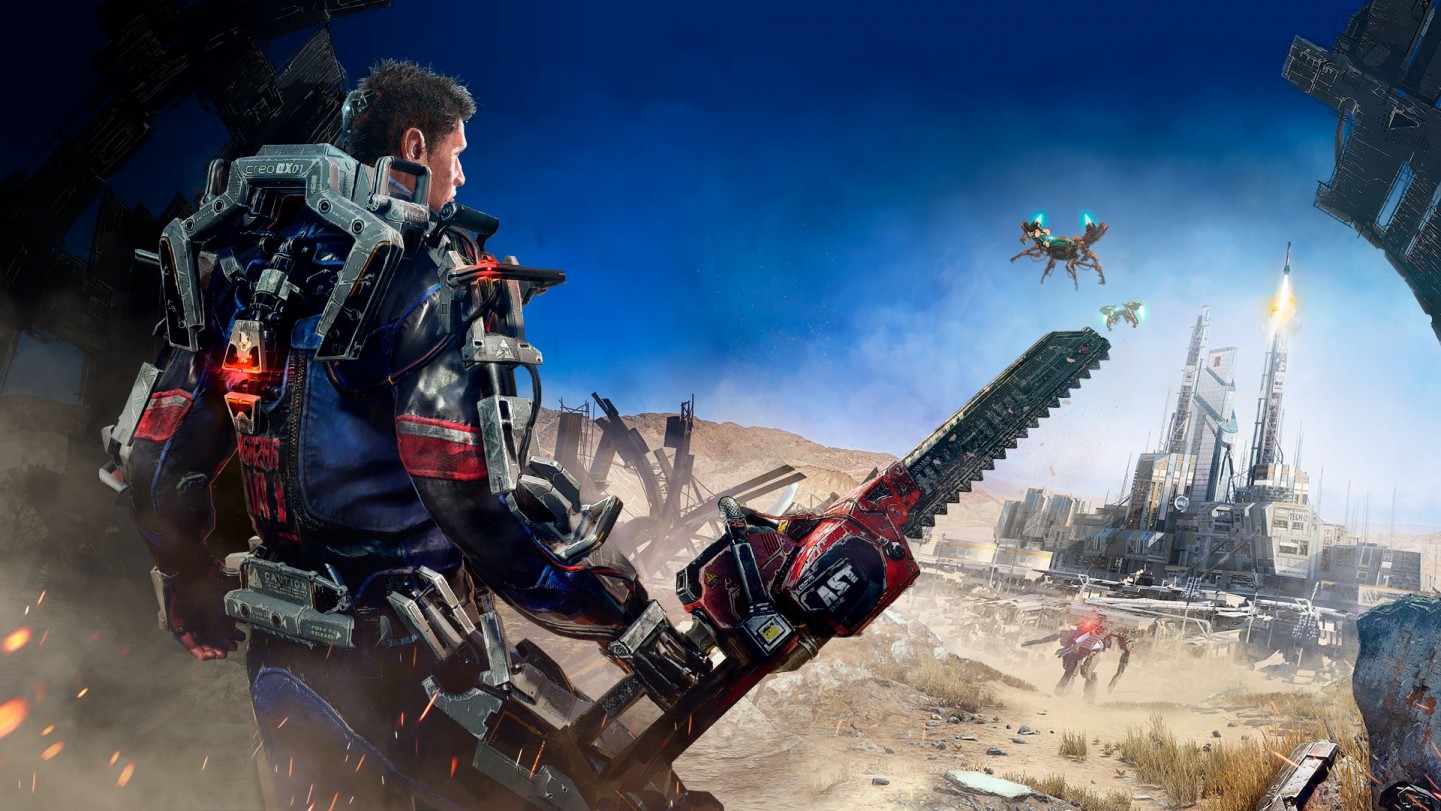
Deck13 took what they learned from Lords of the Fallen and took the Soulslike genre into the future. The Surge has you stomping around in a mech suit fighting uncontrollable robots. Once you destroy an enemy, you can scrap their parts and convert them into weapons for you to use. A sequel is currently set to release in 2o19. -
Ashen
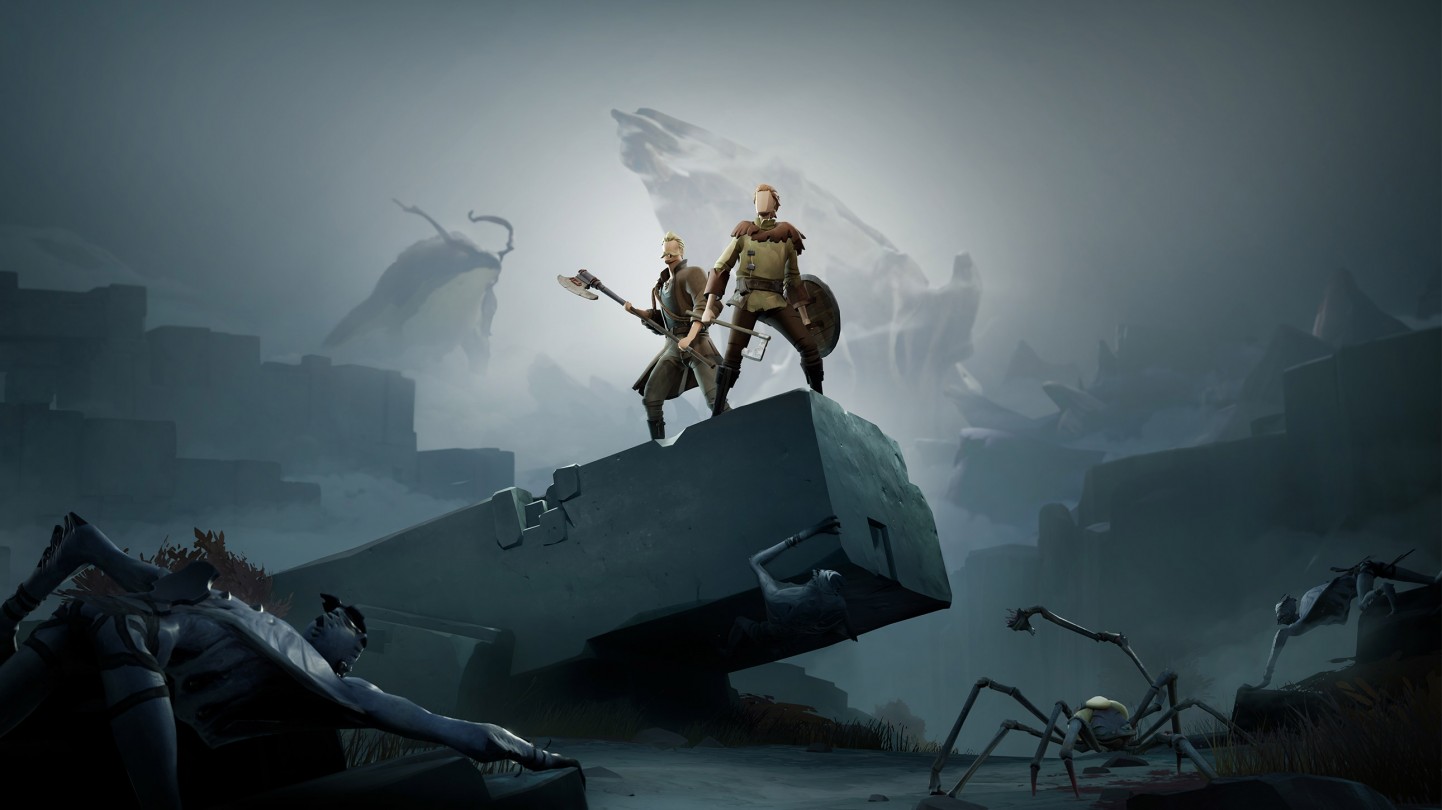
Developed by A44, Ashen puts players into a world without light. Each character is a muted faceless person, adding to the downtrodden vibe of the entire experience. While combat is inspired by Dark Souls, the game also features open-world exploration and novel passive multiplayer encounters. -
Immortal: Unchained
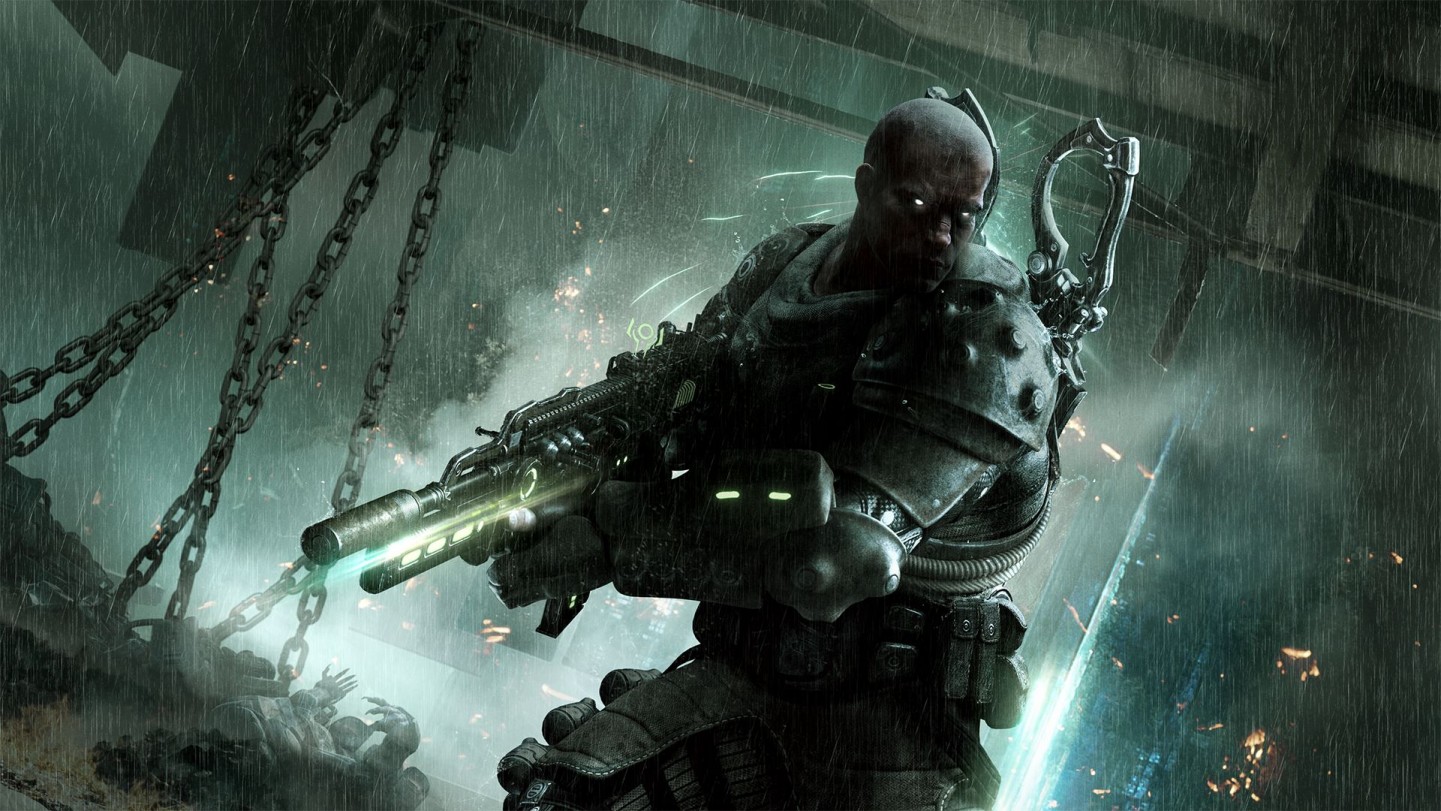
Going even more Norse than Lords of the Fallen, Immortal: Unchained finds you battling the monsters of Ragnarok. Instead of swords and spears, your character uses a mix of technologically advanced firearms to take down each and every mysterious foe. More fast-paced than other soulslikes, you'll need to duck and weave to stay alive. -
Death's Gambit
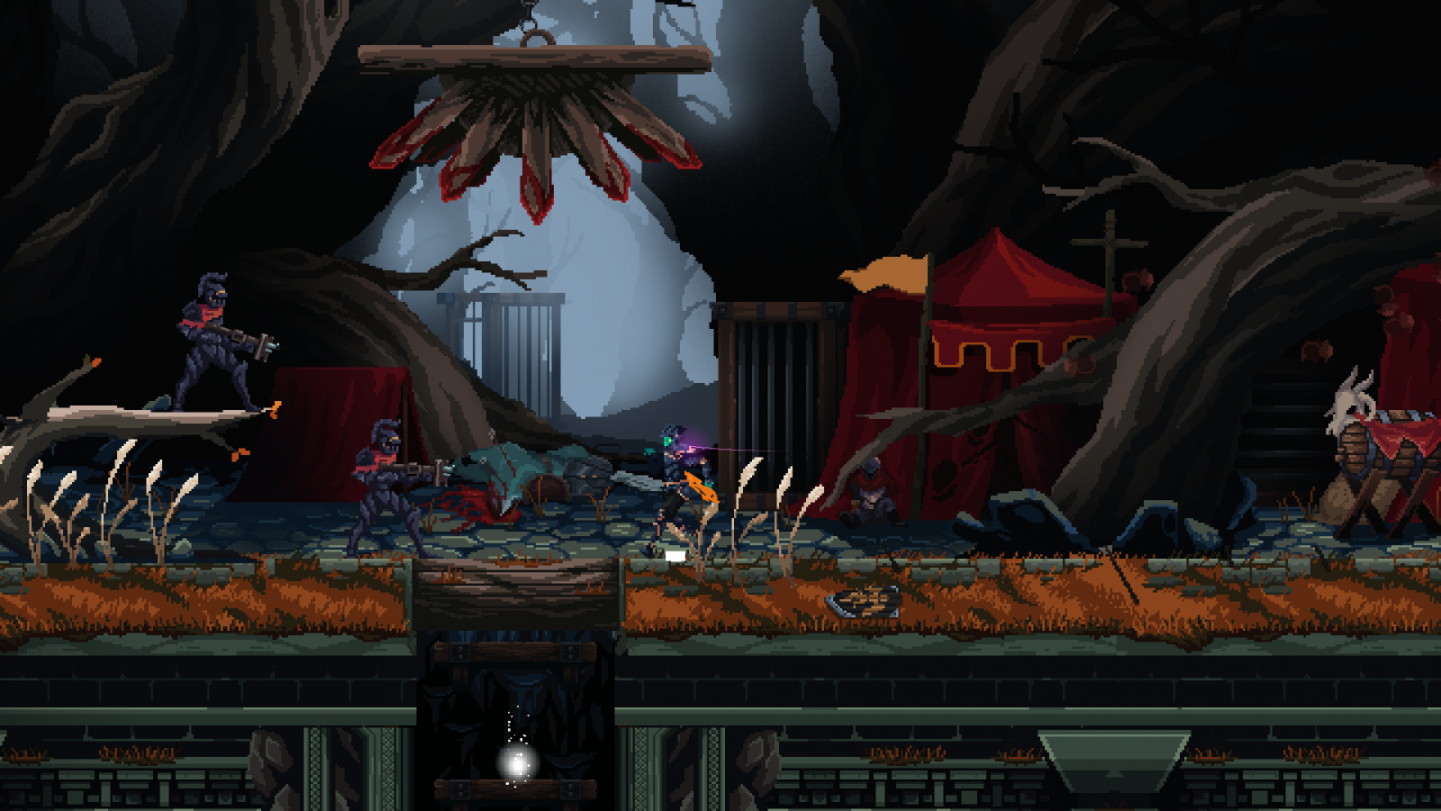
Pitched as a merger of Souslike and Castlevania, Death's Gambit is also one of the first games to take these concepts into the second dimension. You can choose from seven playable classes as you seek immortality in this labyrinth of death. -
Sinner: Sacrifice for Redemption
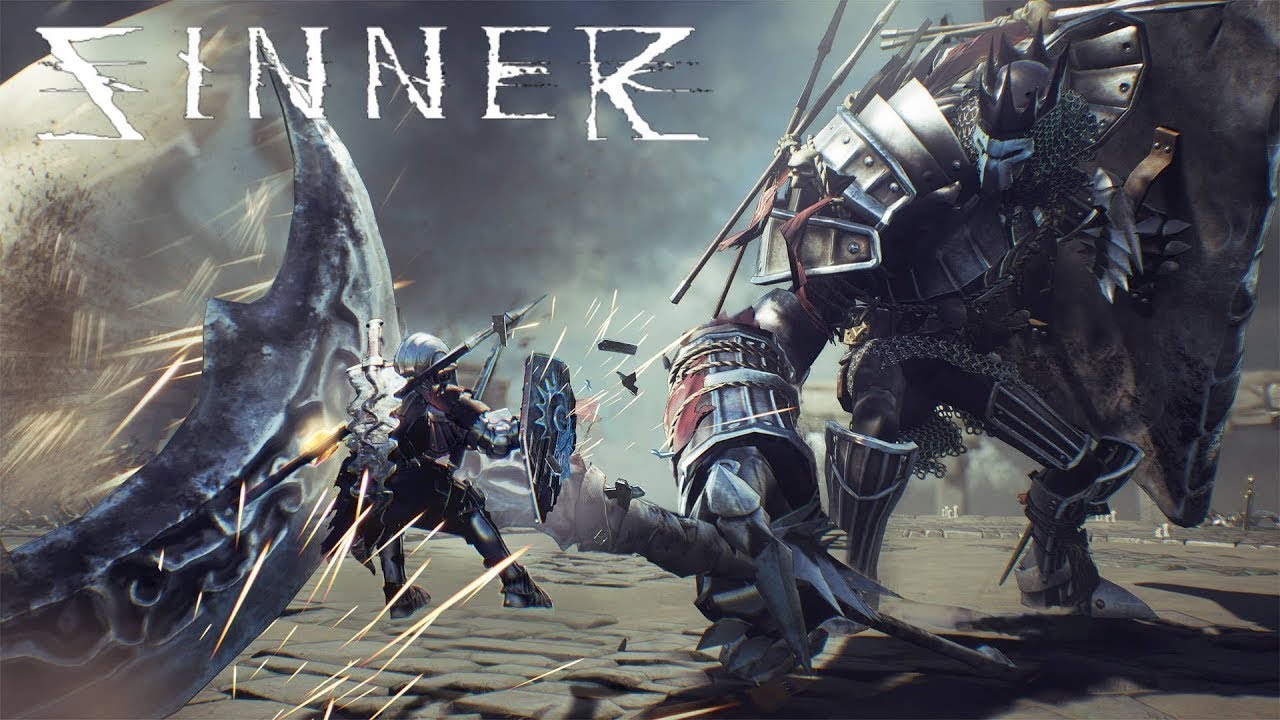
What if you didn't have to explore a Soulslike? What if you just fought a collection of out of control boss monsters? Then, you'd have Sinner: Sacrifice for Redemption. In this game, you start at your strongest and level down as you progress, adding to the challenge.
